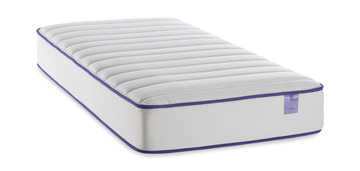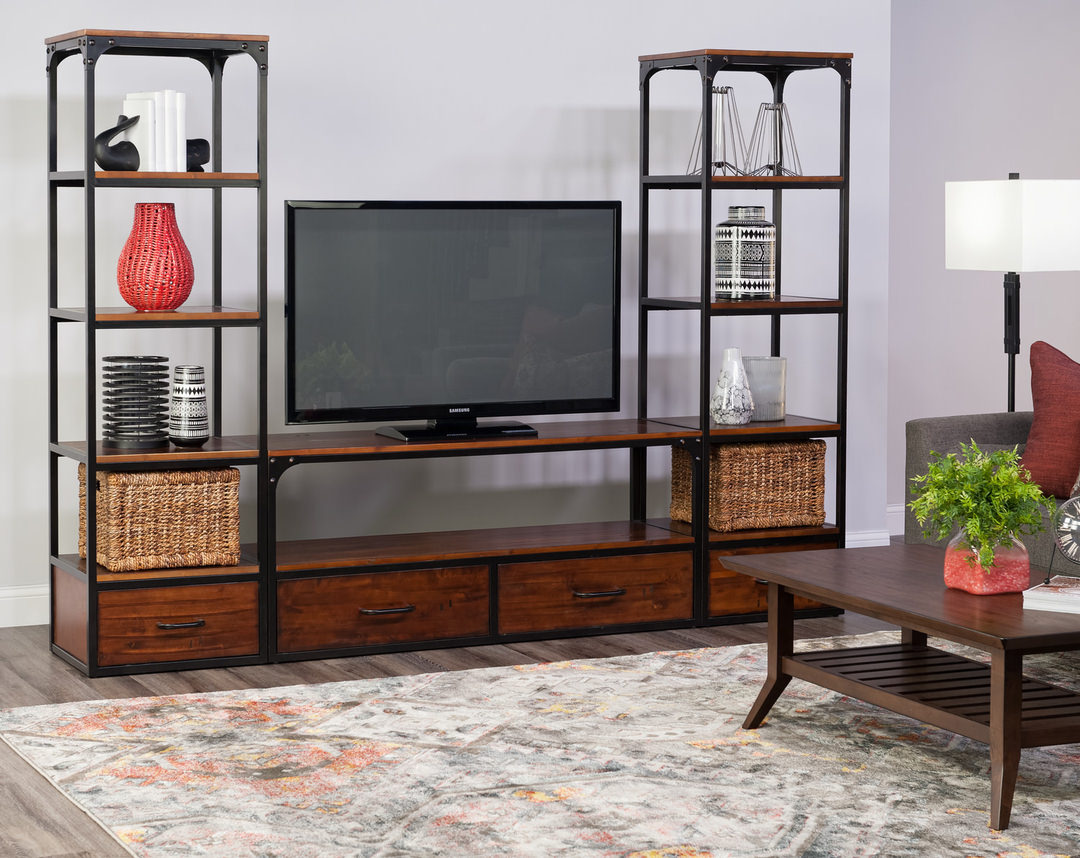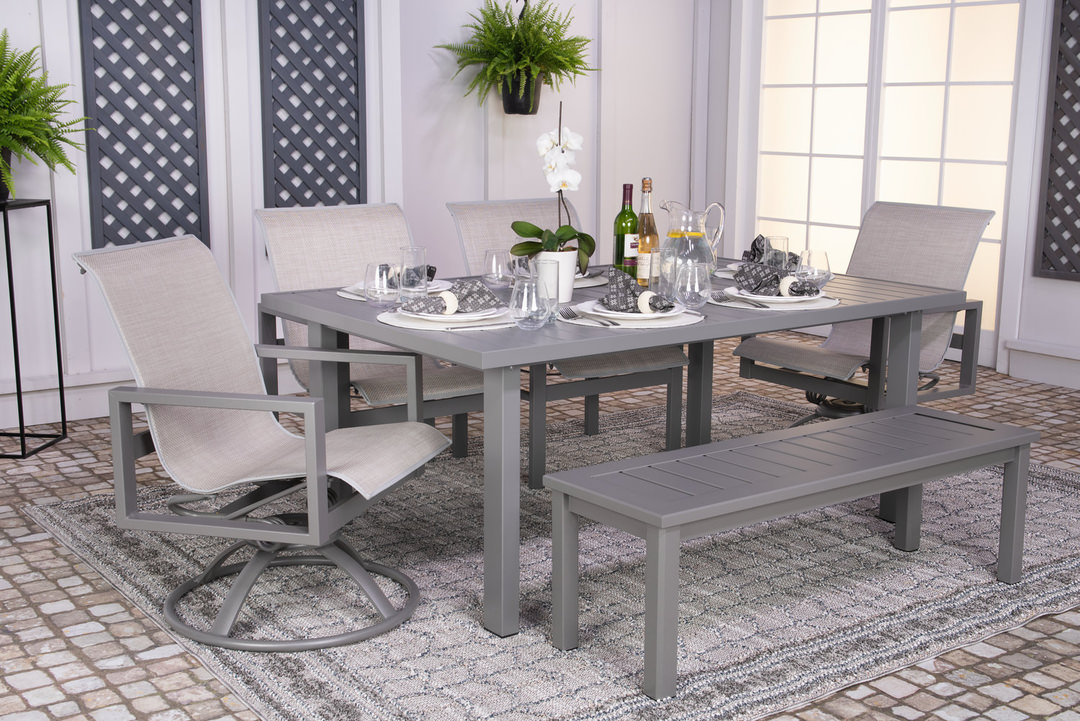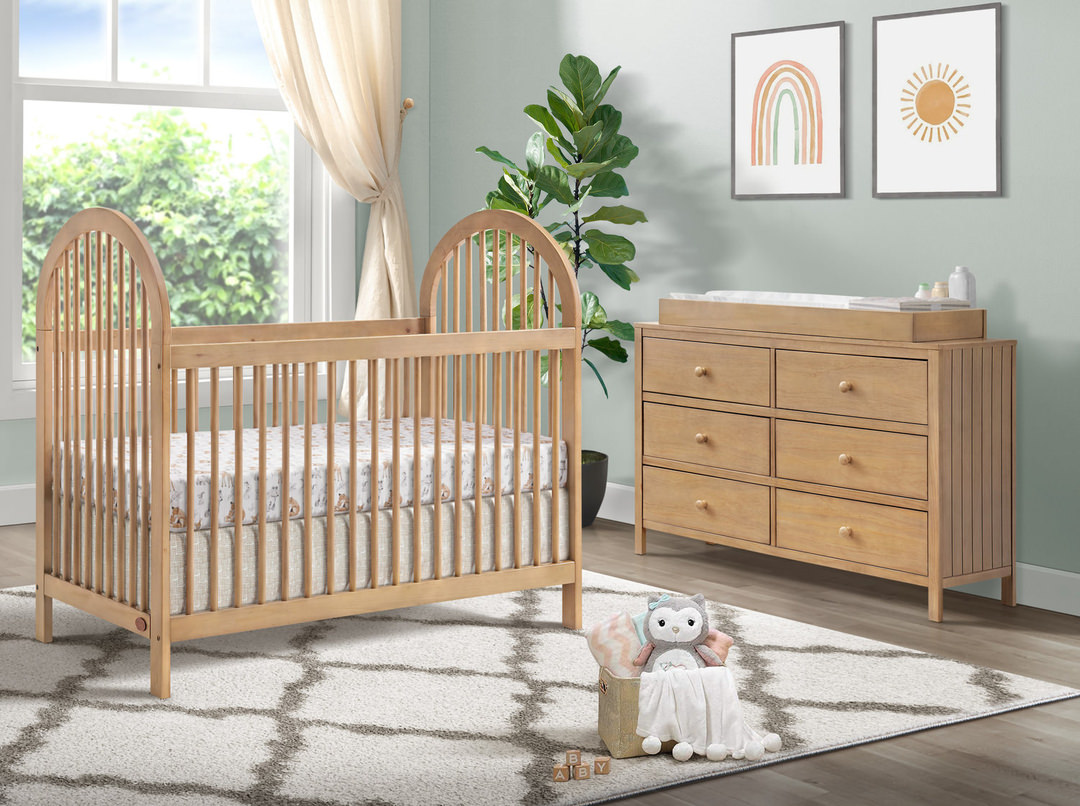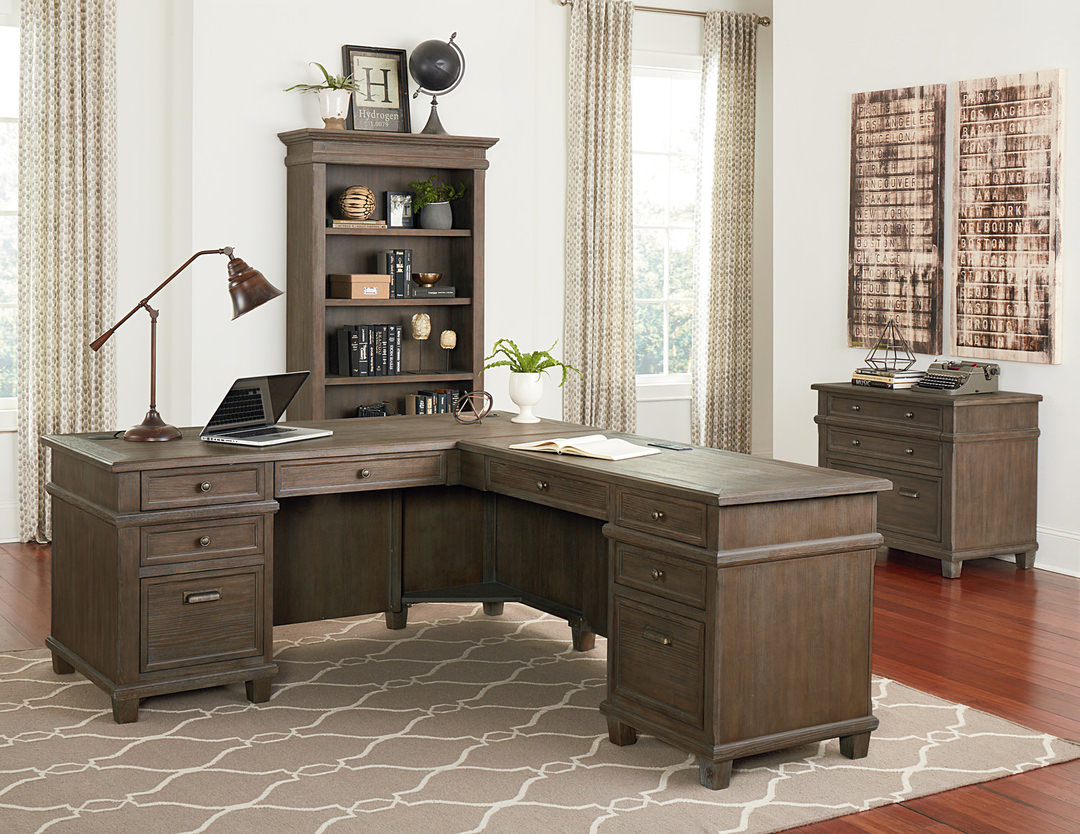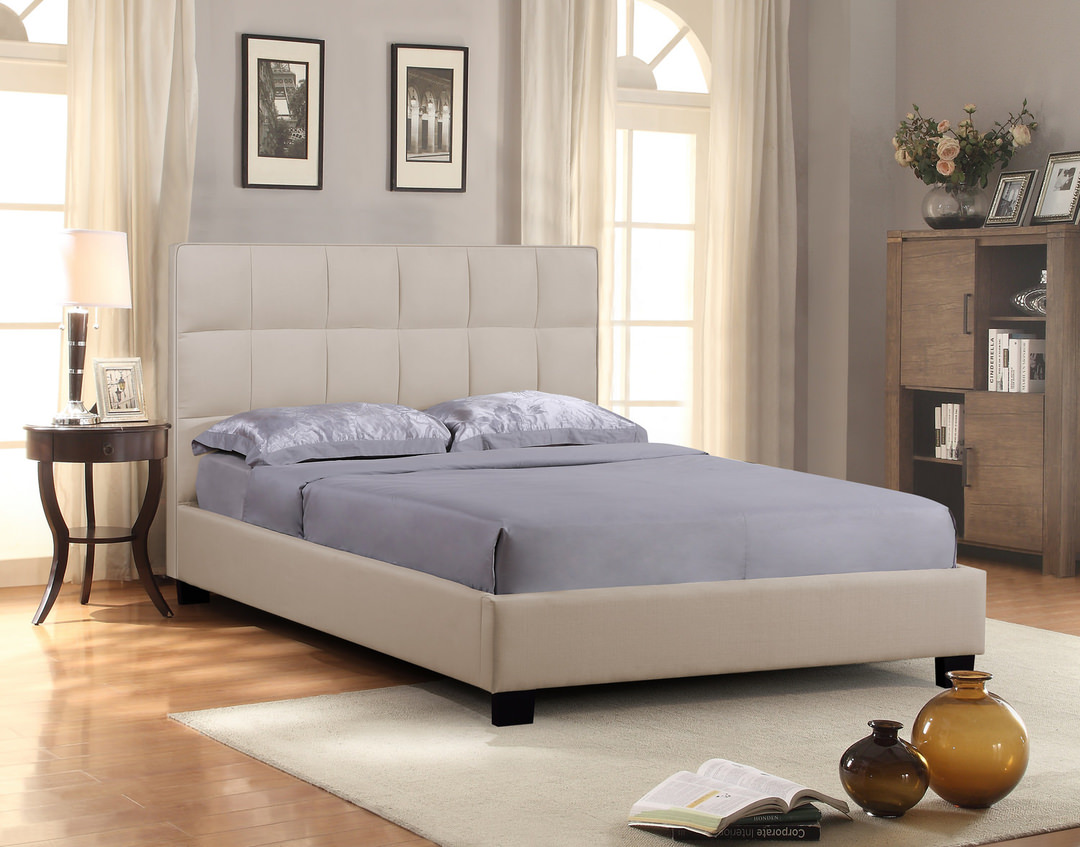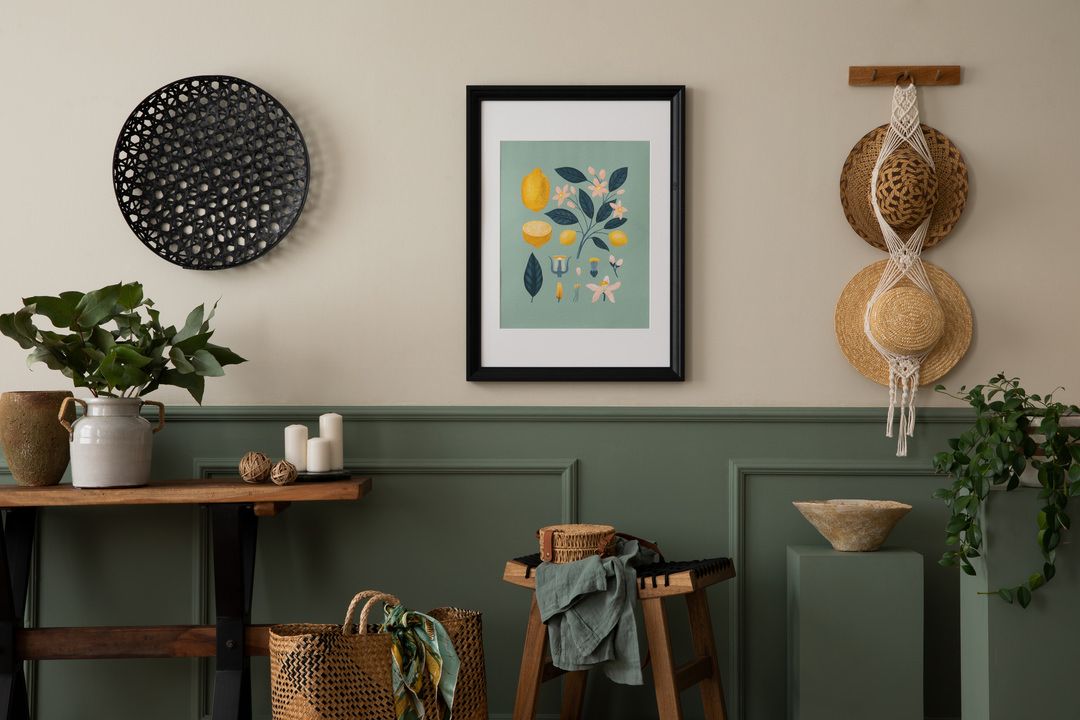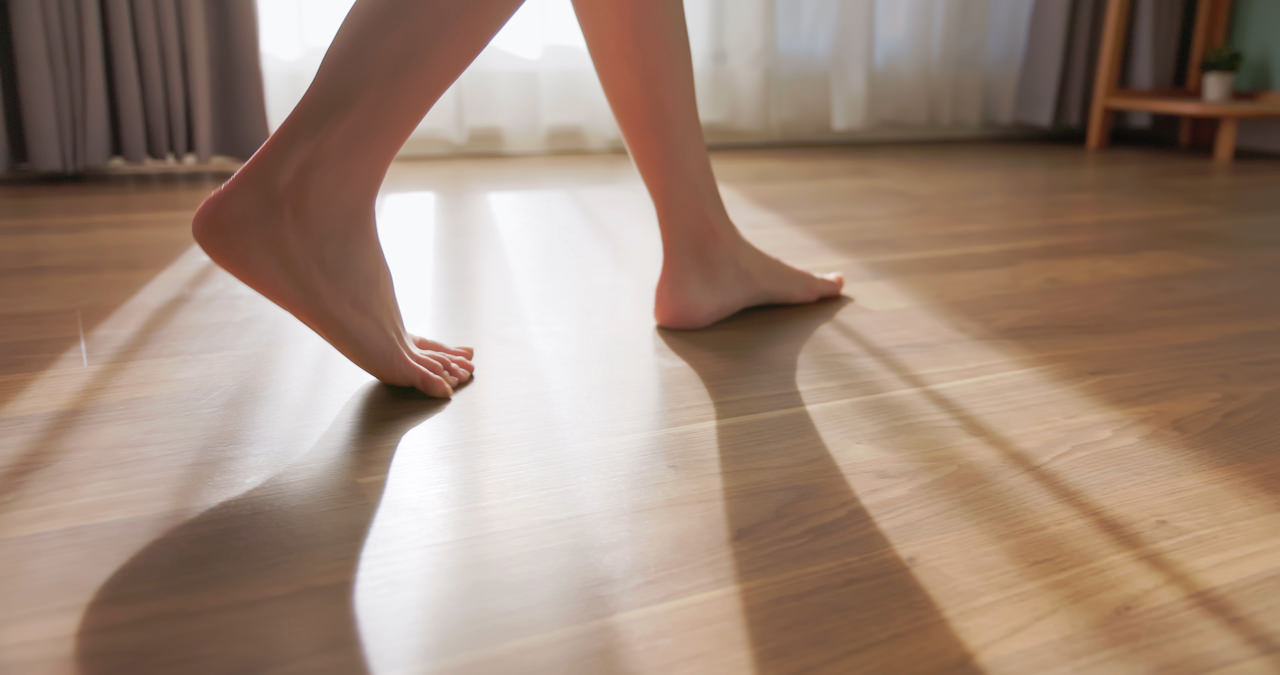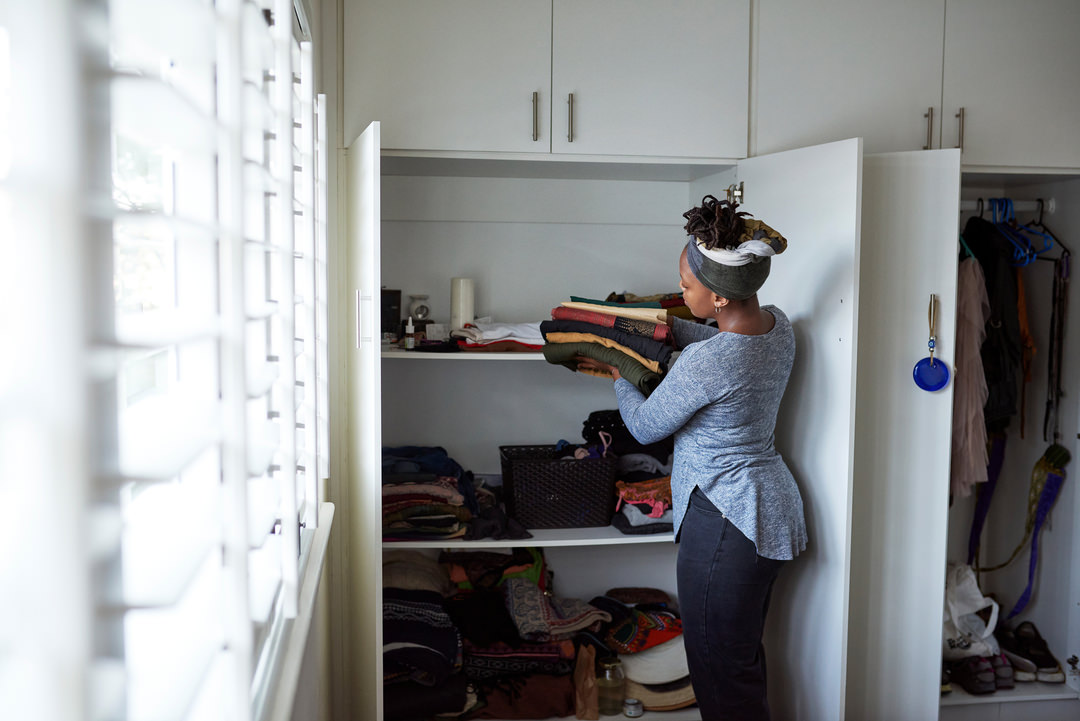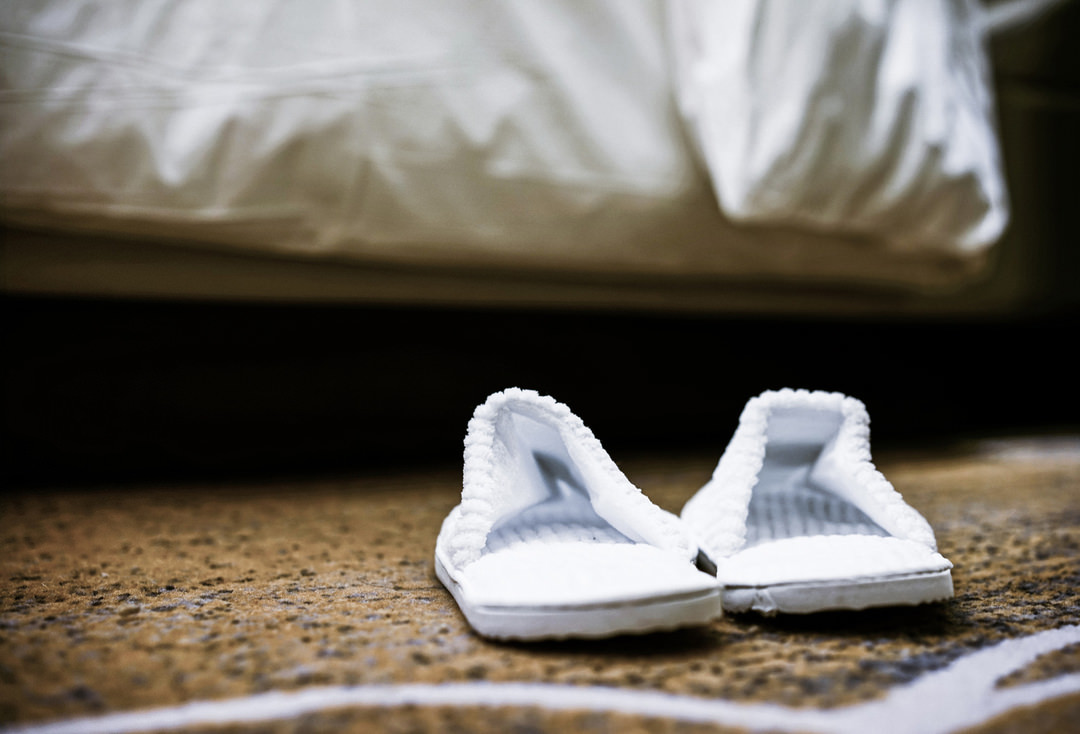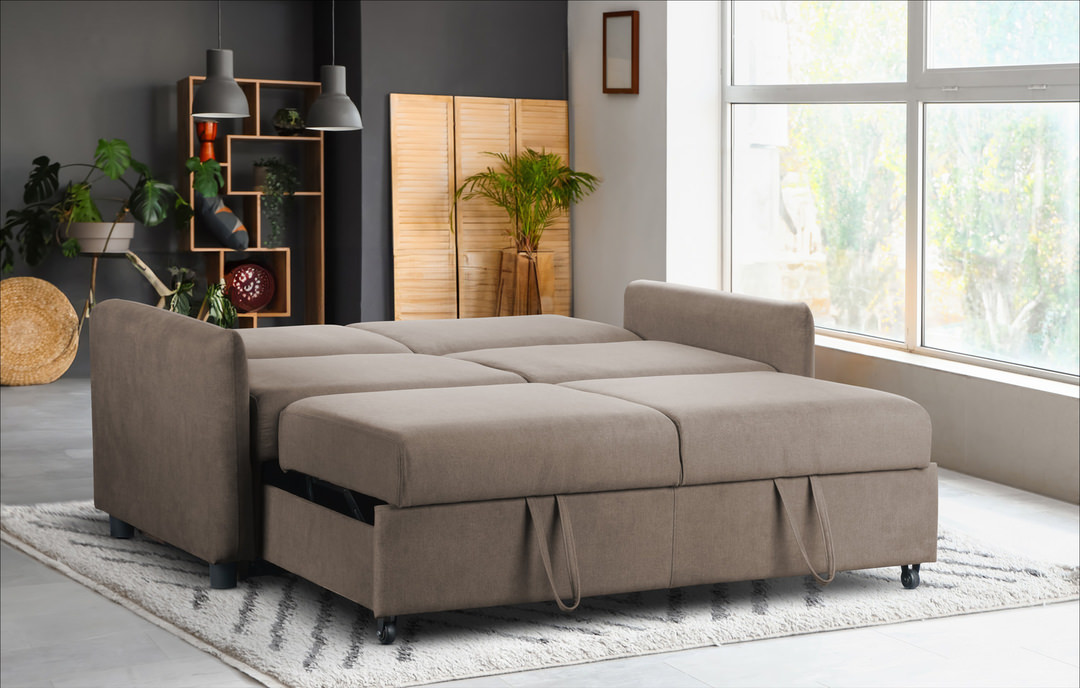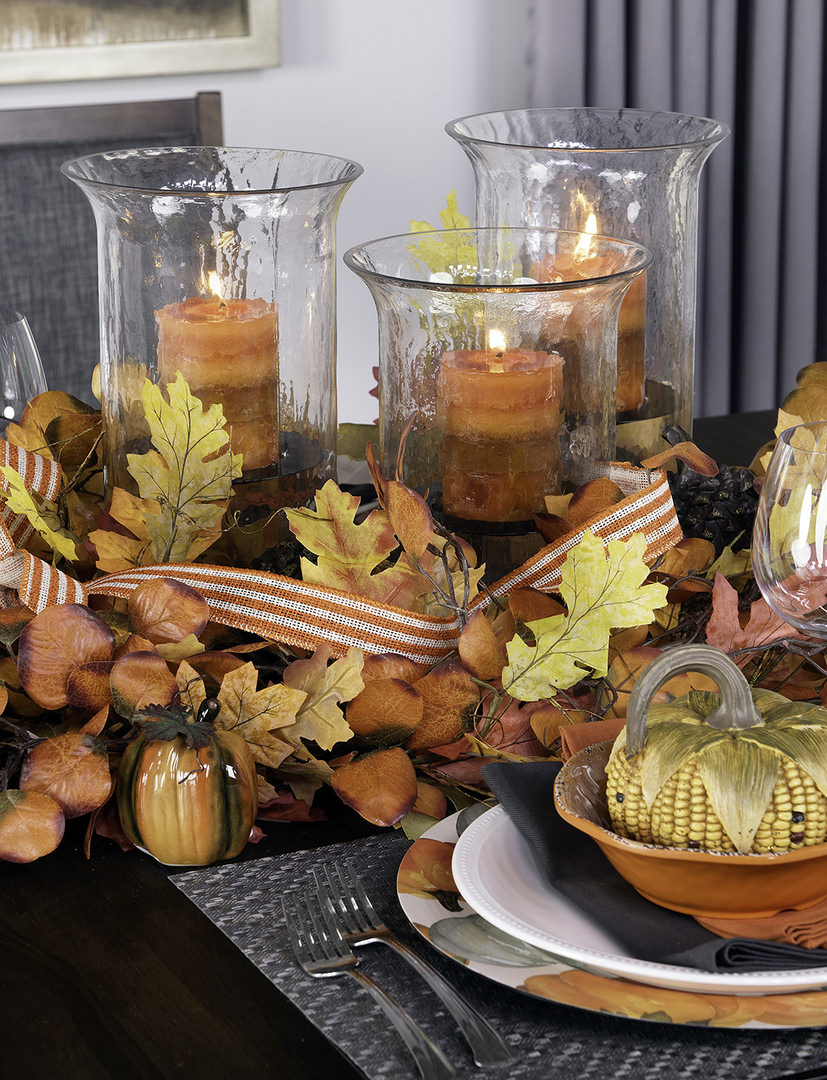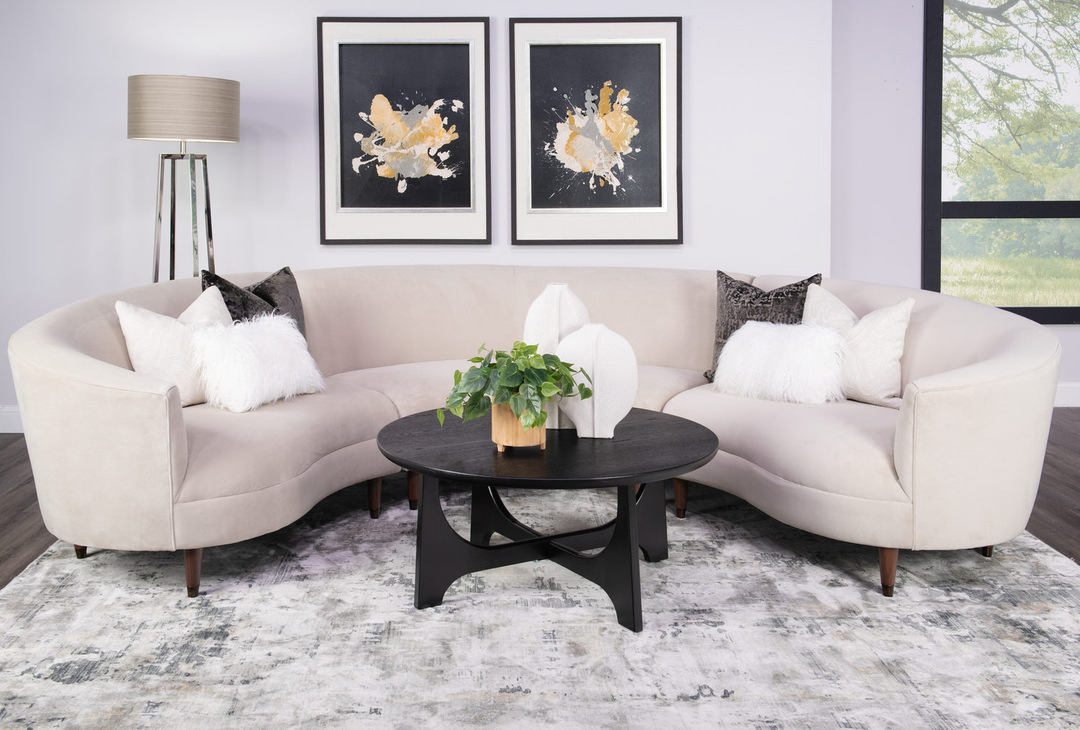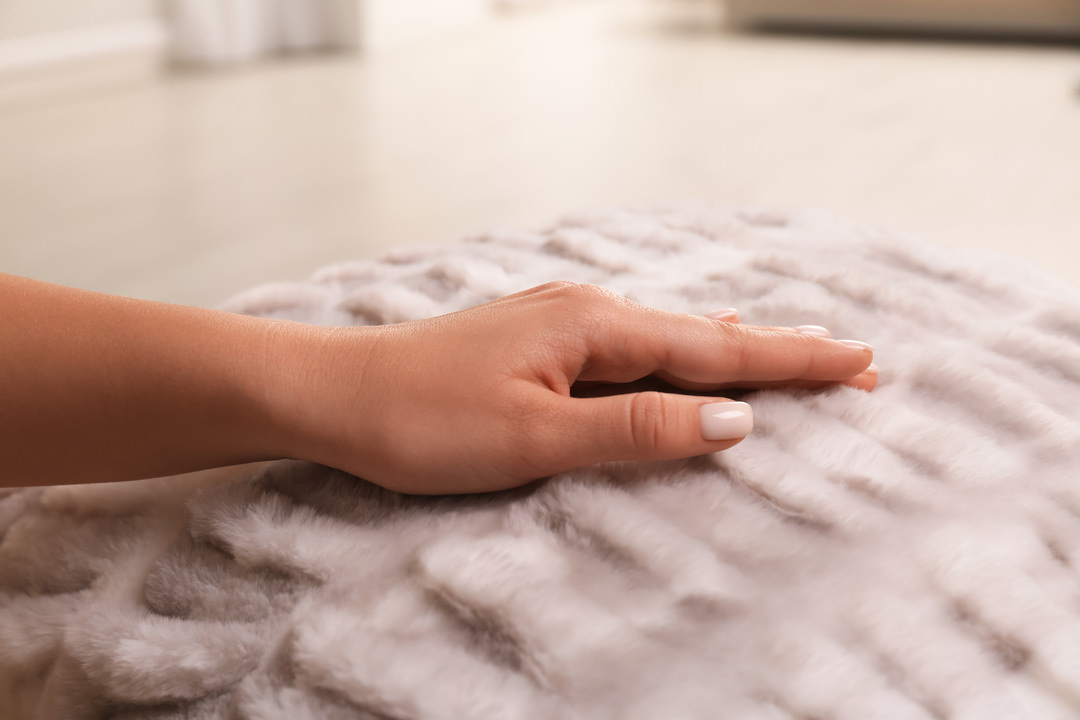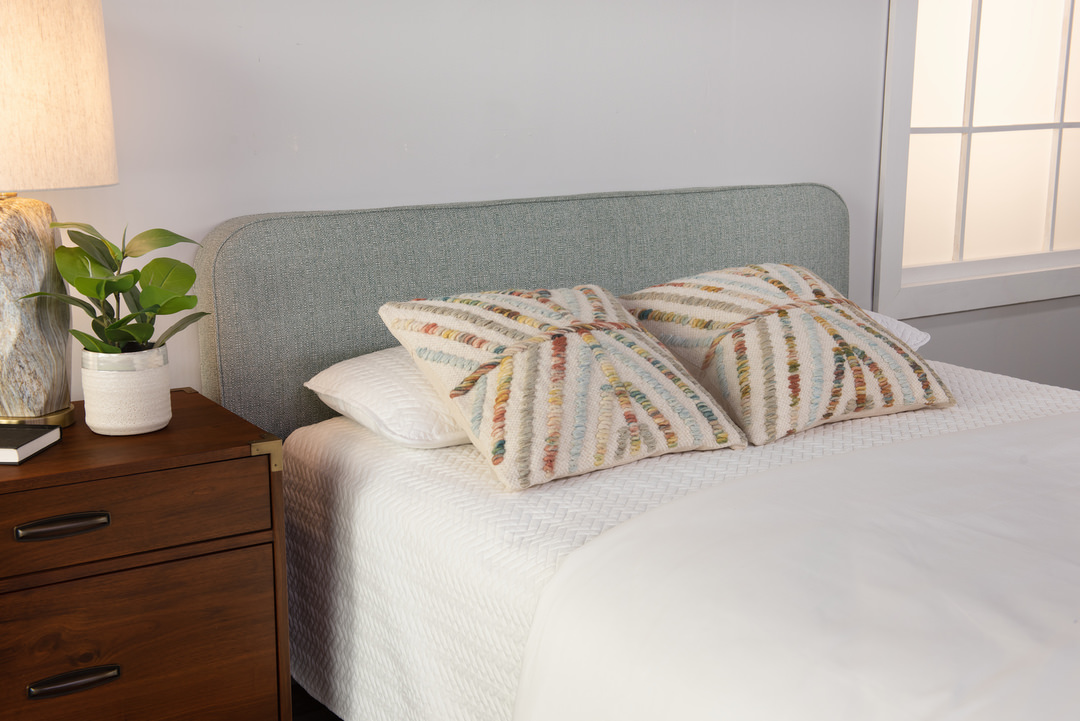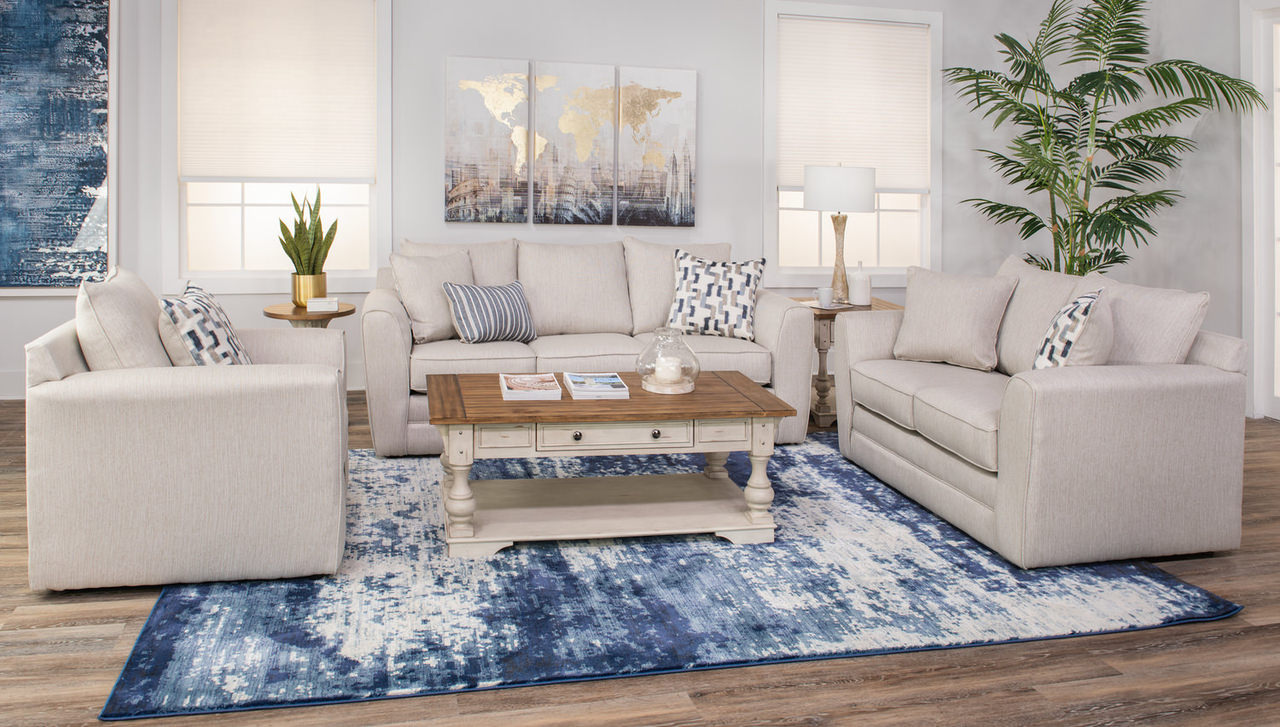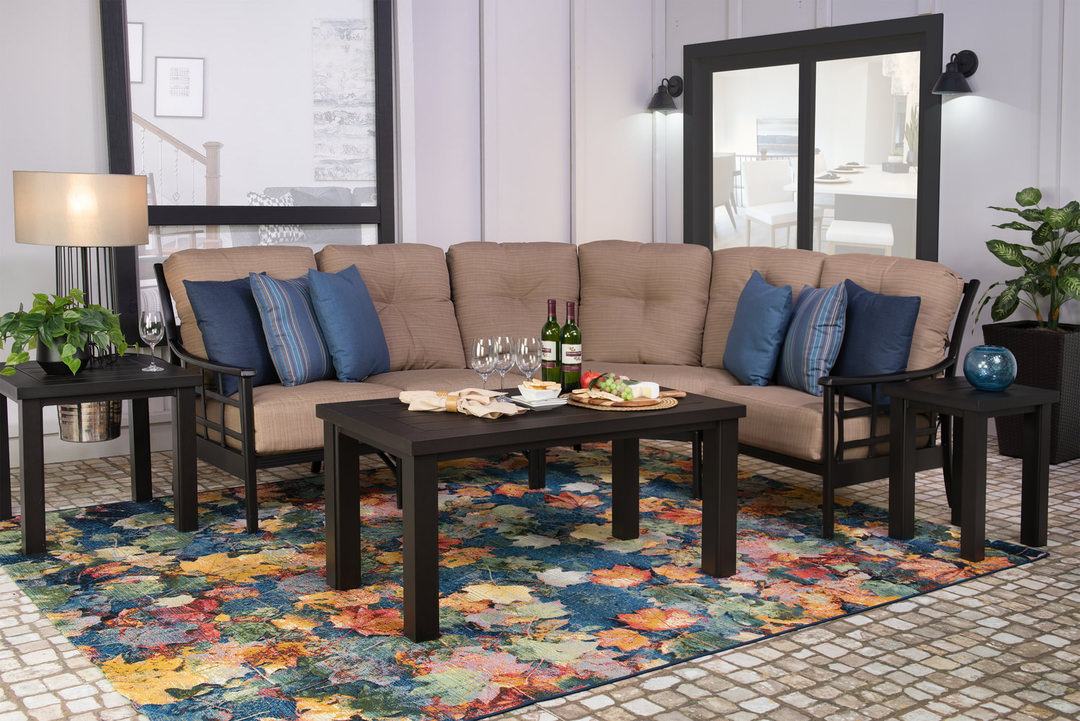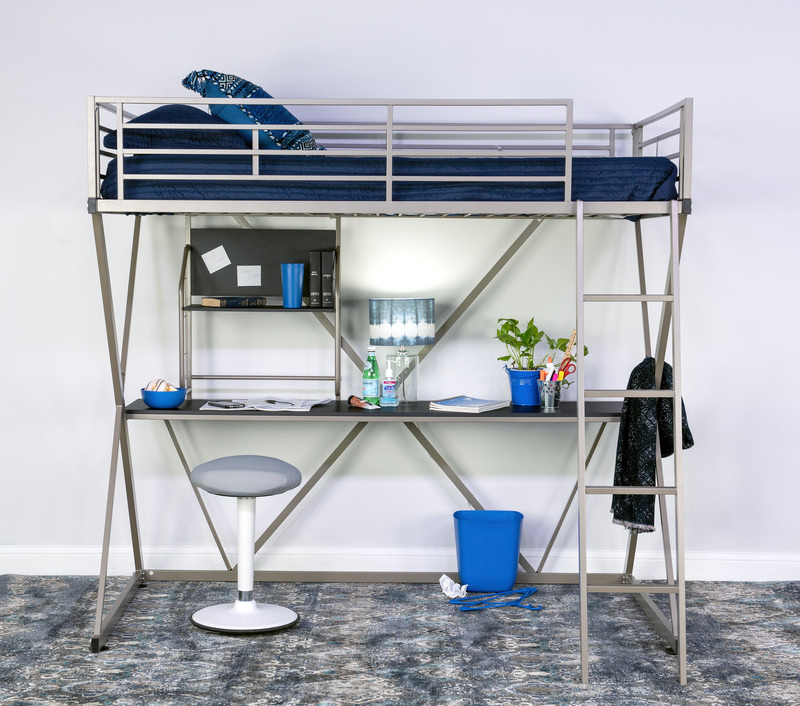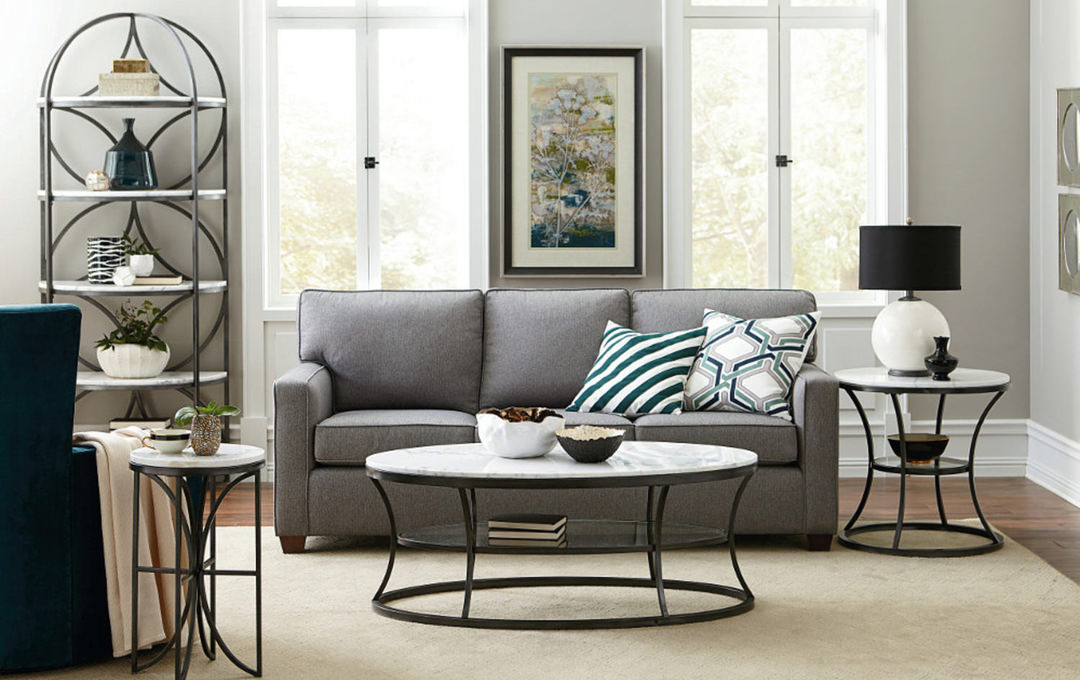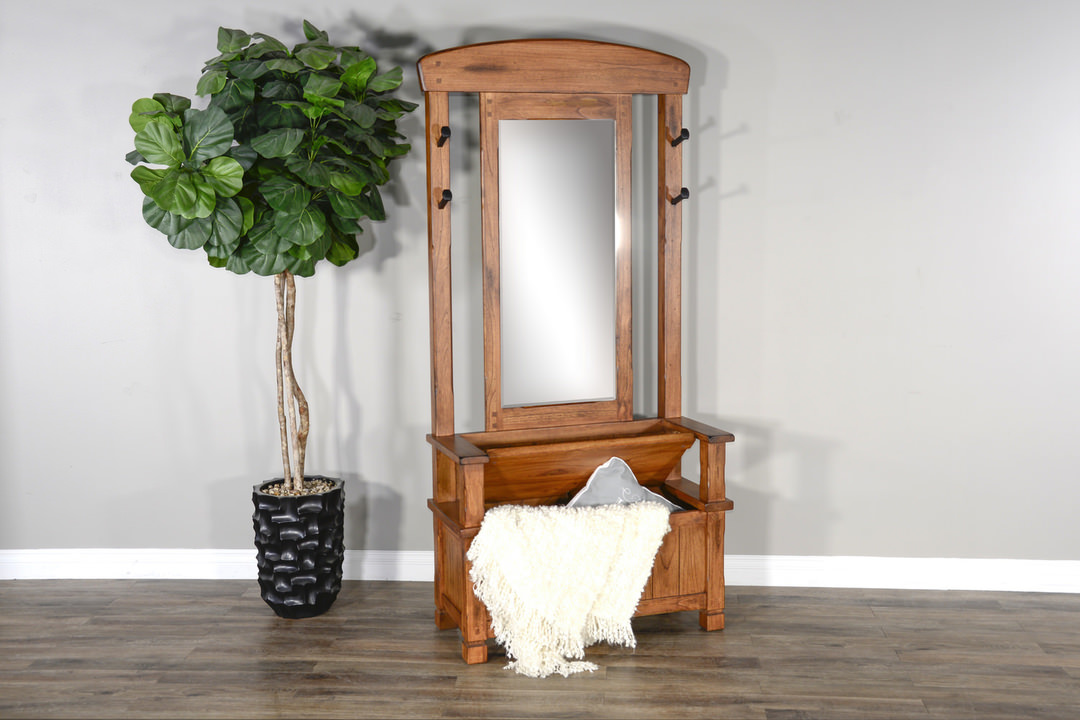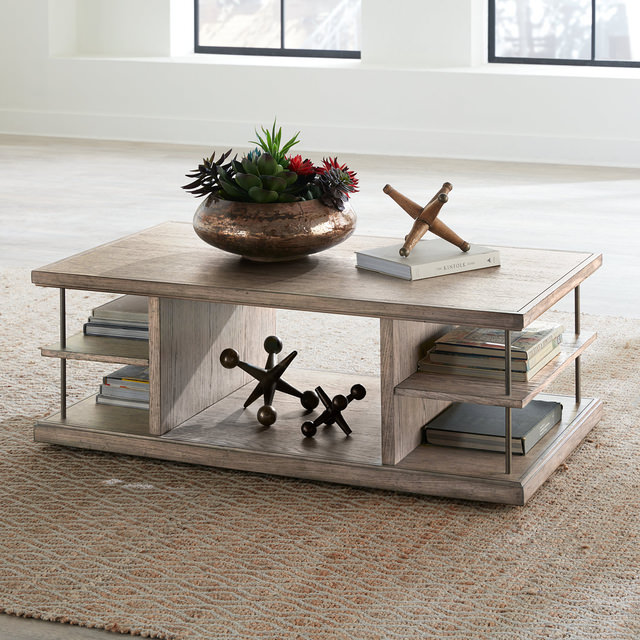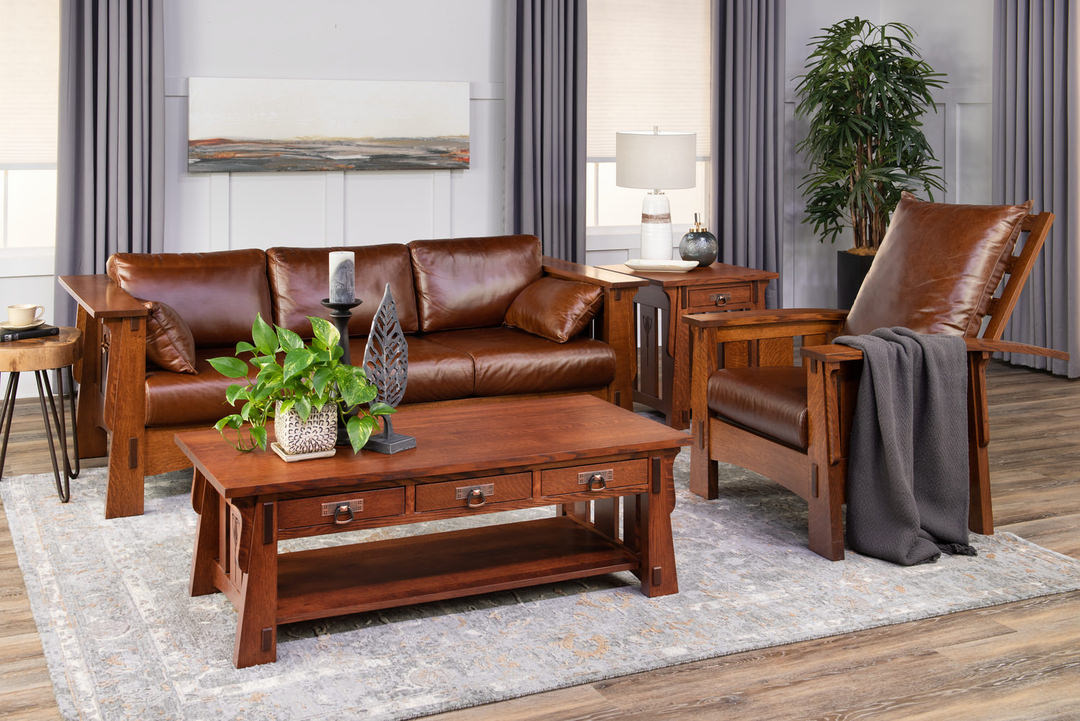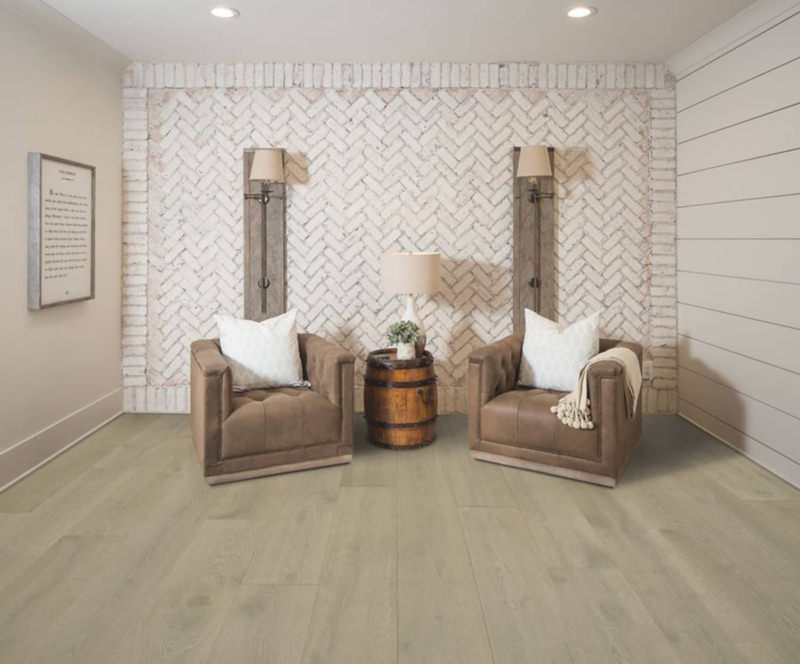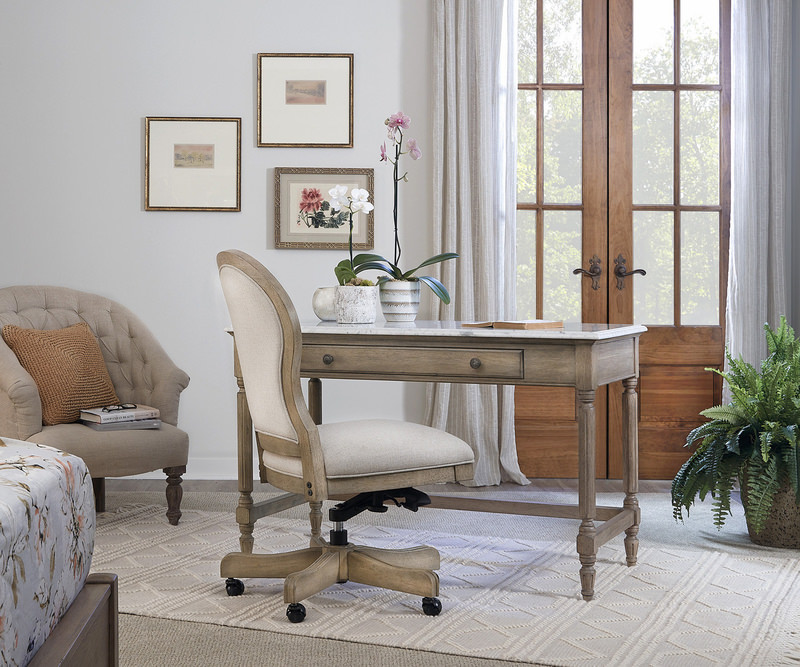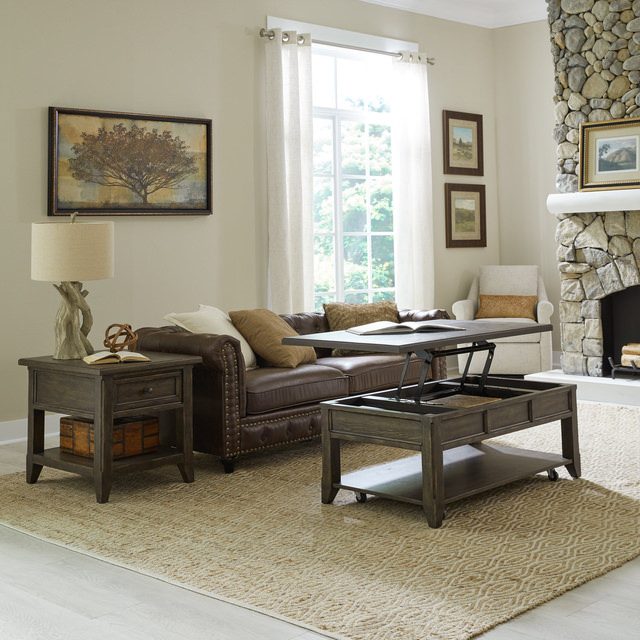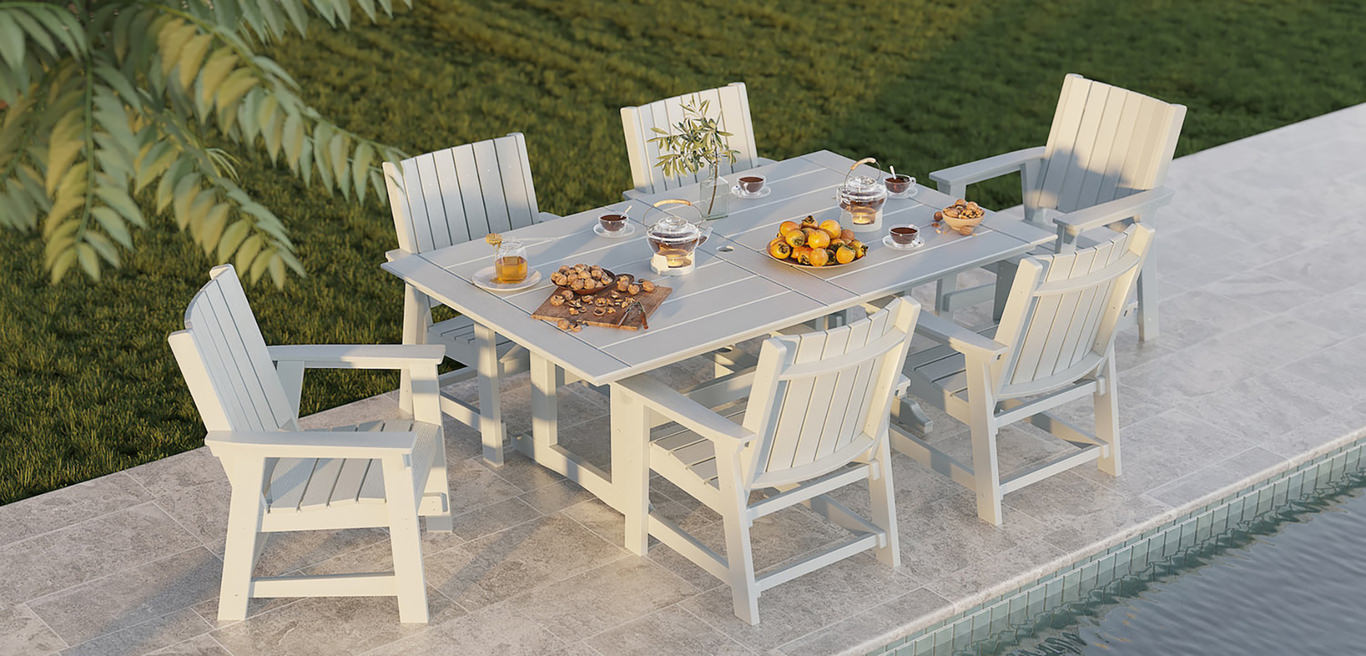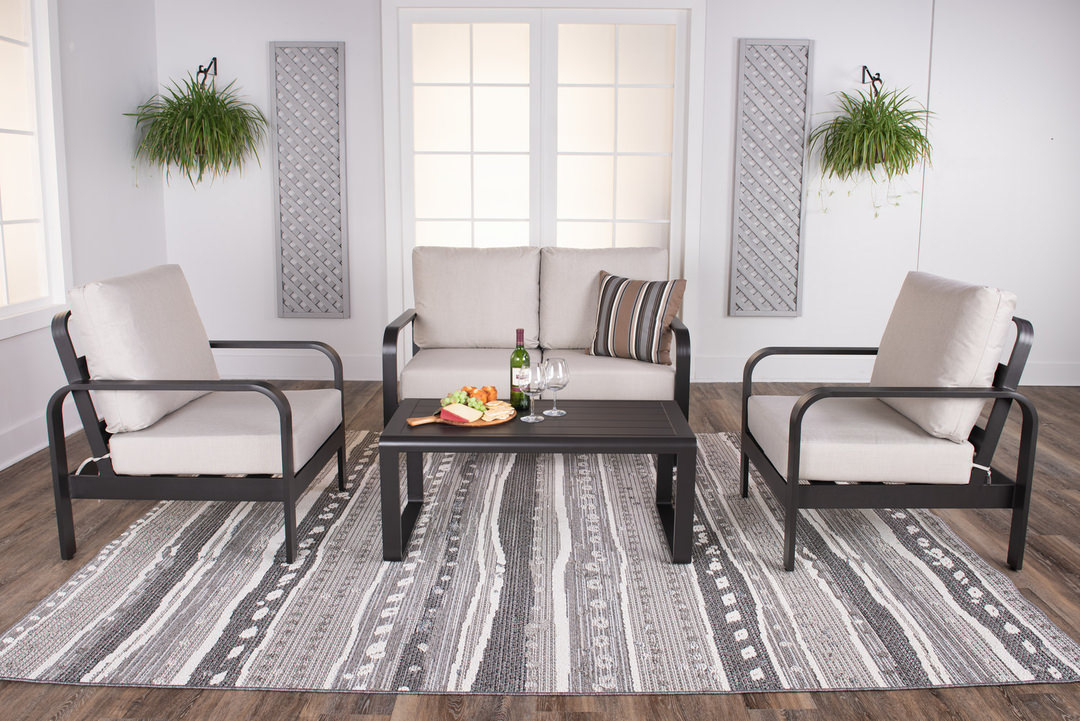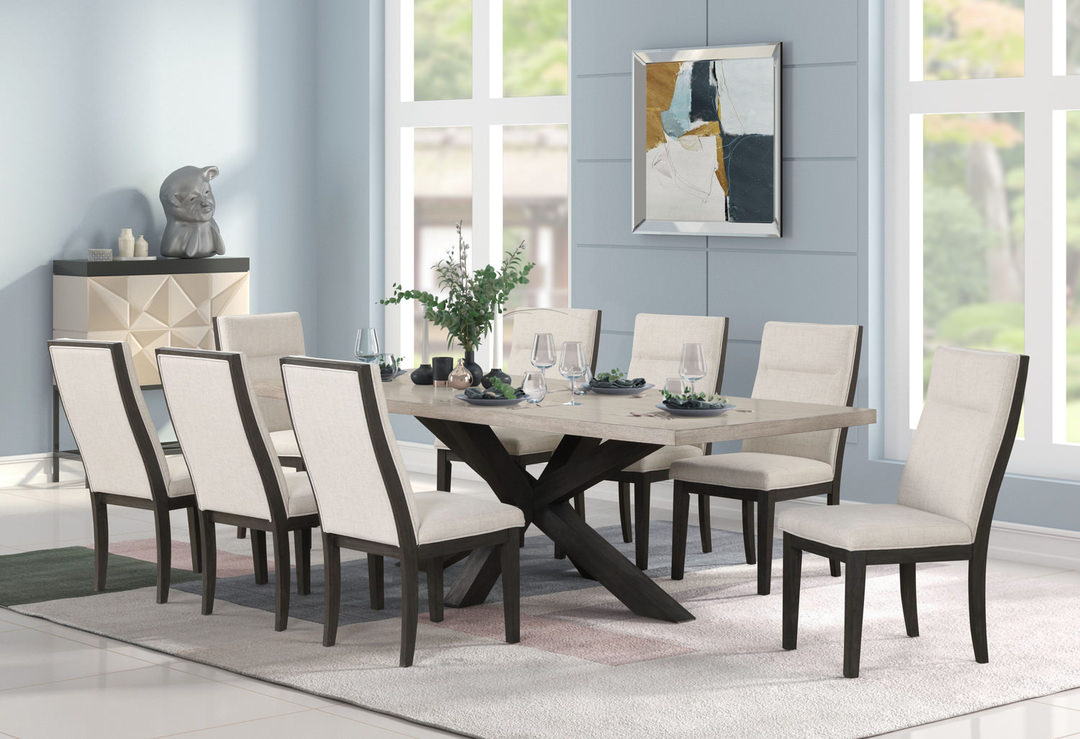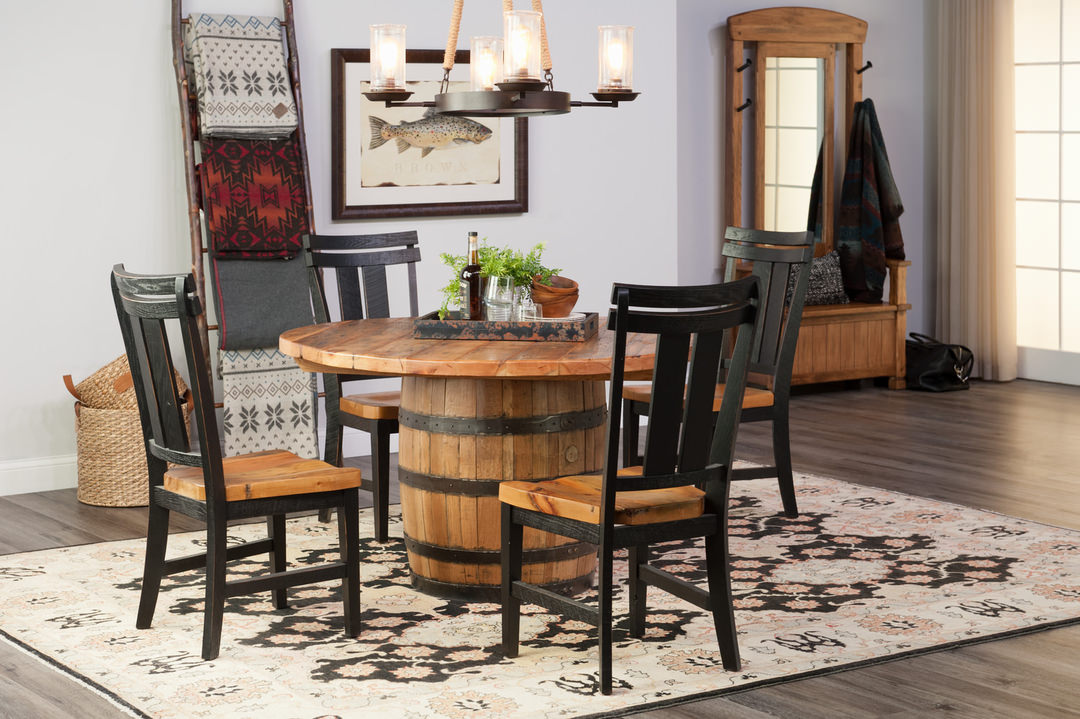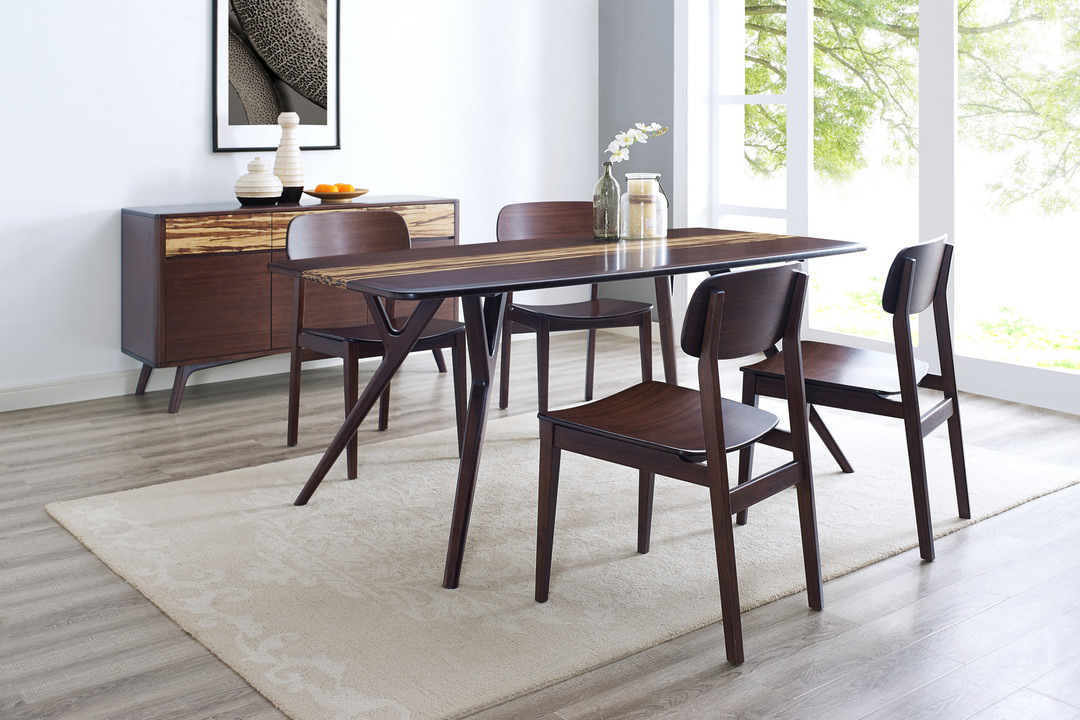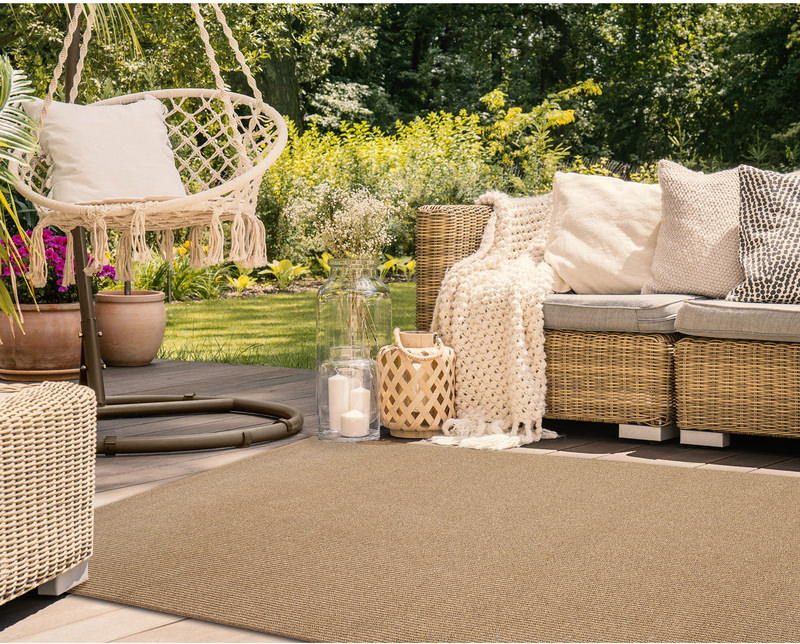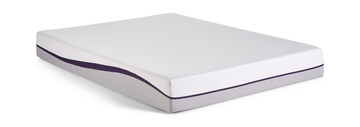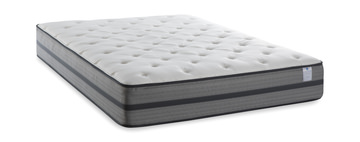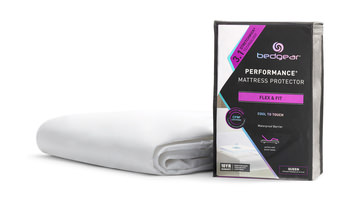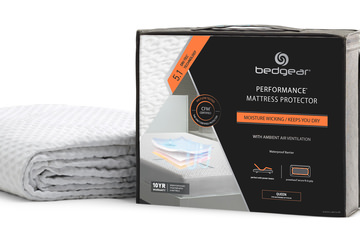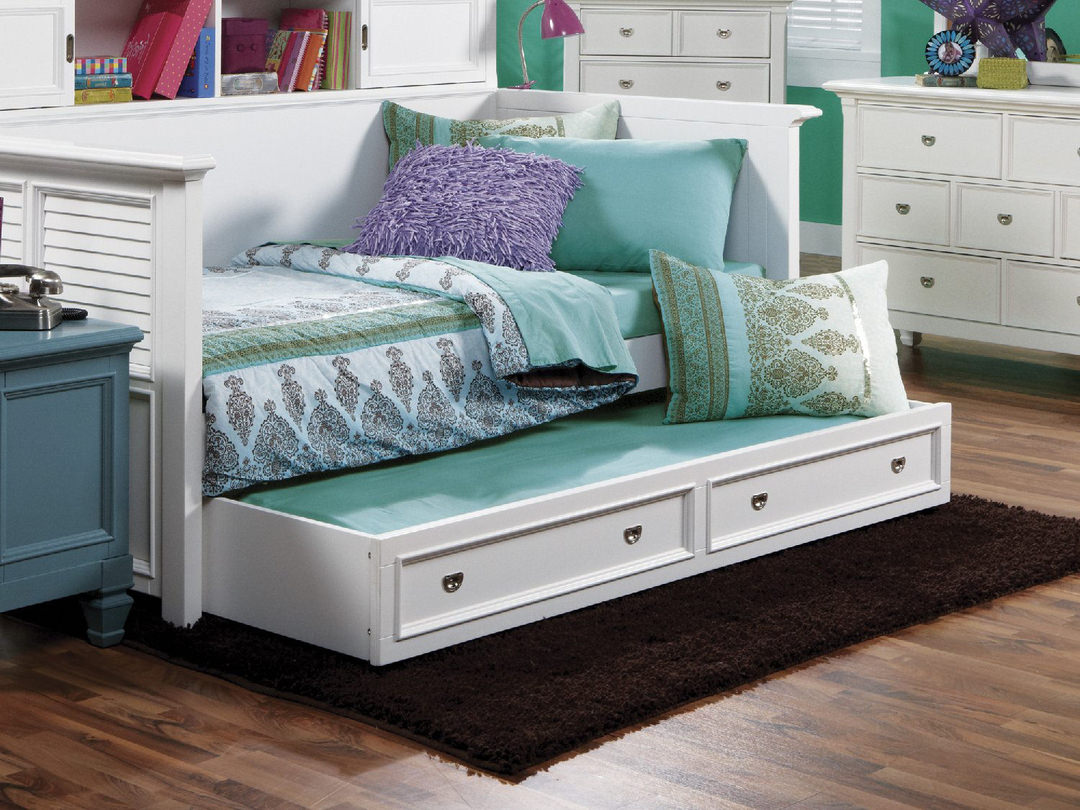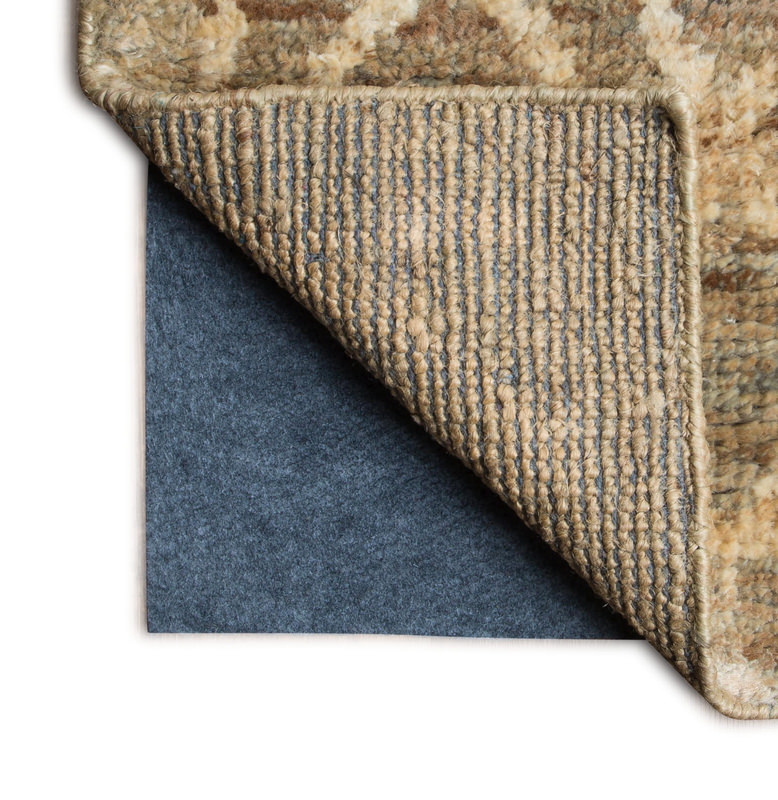How to Choose a Kid's Mattress
Pick the perfect mattress to help your child sleep all night long.
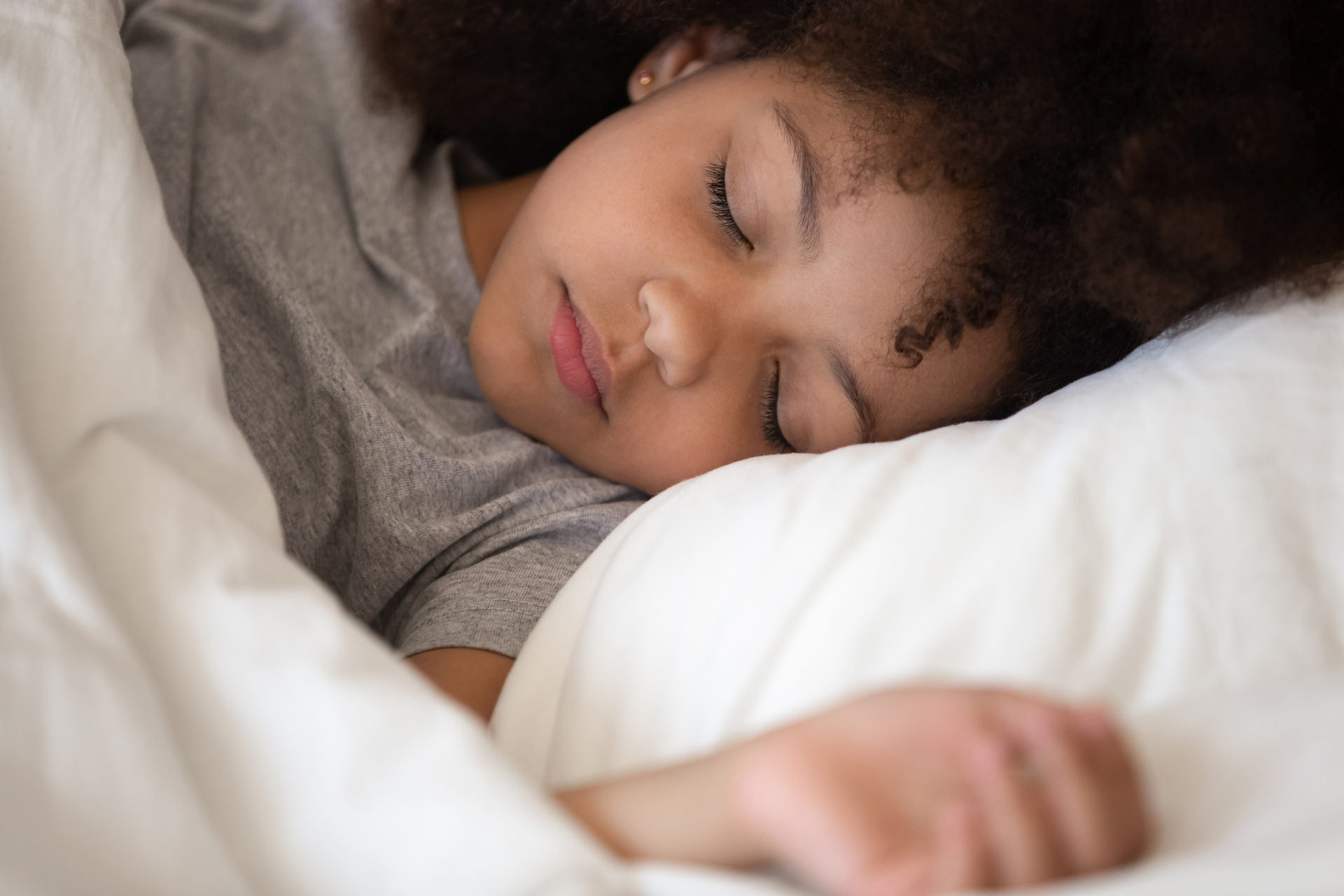
With back-to-school at the top of many parents’ minds, there are many things on their to-do lists. In addition to shopping for first day outfits and all the supplies, it’s important to get kids into a regular sleep schedule that will help them succeed, both academically and in social aspects of school. We know how important sleep is to kids’ development, yet it’s easy to let bedtimes slide in the summertime as kids beg for just “five” more minutes at the park, extra scoops of ice cream and just one more (and one more!) story.
If bedtime has been pushed back this summer, now’s the time for a reset. Along with implementing a simple and consistent night time routine, it’s a good time to inspect your child’s mattress. If their mattress sags or slopes, it’s likely not providing the support their growing bodies need. Consider a mattress upgrade to help your child fall asleep faster and stay asleep all throughout the night.
Buying a mattress is an investment you’ll want to last for years to come and through many growth spurts. While comfort is your main priority, you’ll need your selection to stand up to the rigors of nightly use. Here are the main considerations for choosing the ideal mattress for your child, from mattress size to the size of your budget.
1. Choose mattress size – Once graduated from the crib and toddler bed, most kids will move on to a twin, twin XL or a full mattress. What is the right choice for your child? There are several considerations. How much space do you have available? For some small bedrooms or shared bedrooms, a twin mattress may be the best fit. Also consider budget. Of course, a smaller mattress will come with a lower price tag. However, if you have the space and can make the initial investment in a full mattress, it can be the best deal in the long term. By investing in a quality full size mattress now, your child can have the same mattress well into their teen years.
2. Mattress type – there are three main types of mattresses. An innerspring mattress is supported by a system of steel coils. The springs are naturally covered by some types of padding for comfort. This is the traditional type of mattress design. However, there are many advanced features available, from individually wrapped coils for reduced motion transfer to cooling technology. Memory foam mattresses use high density polyurethane foam for the support system, the upholstery layer or both. The foam softens in reaction to body heat, and is then able to mold itself closely to the shape of a specific sleeper. Many memory foam mattresses are budget friendly and convenient, such as boxed bed options, making them a popular pick for youth. _Hybrid Mattresses _feature a classic innerspring coil system with a memory foam layer on the top. Offering the traditional shape and support of an innerspring mattress with the body conforming comfort of memory foam, these mattresses are the best of both worlds to some sleepers.
3. Comfort level – this refers to the firmness of the mattress and is really a matter of preference. However, you can get a general idea of what comfort level may be best for your child be their preferred sleep position. Generally, a plush mattress is best for side sleepers, a medium mattress is preferred by back sleepers and a firm mattress is ideal for stomach sleepers.
4. Mattress budget – similar to an adult mattress, a quality child’s mattress should last between seven to ten years, with latex mattresses typically lasting the longest, then high-density memory foams, hybrid mattresses and traditional innersprings. Again, much depends on the quality of the mattress, as well as how it is used. (No more jumping on the bed!) When buying for your child, it’s important to consider how long you plan to go between mattress purchases and set your budget accordingly.
5. Get a mattress cover – once you’ve decided on the ideal mattress for your child, it is crucial to protect your investment by purchasing a mattress protector. Choose a protector in the appropriate size that will protect against spills and all sorts of accidents. Mattress protectors can even protect against allergens, allowing your child to sleep in a clean and healthy environment.
With all the different types of mattresses on the market, don’t be afraid to take your child with you to the mattress department and let them test out a few options. You can also make the purchase exciting for them by letting them choose their favorite bedding. It’s adds their personal style to their room and is easy to change out as their tastes evolve.

